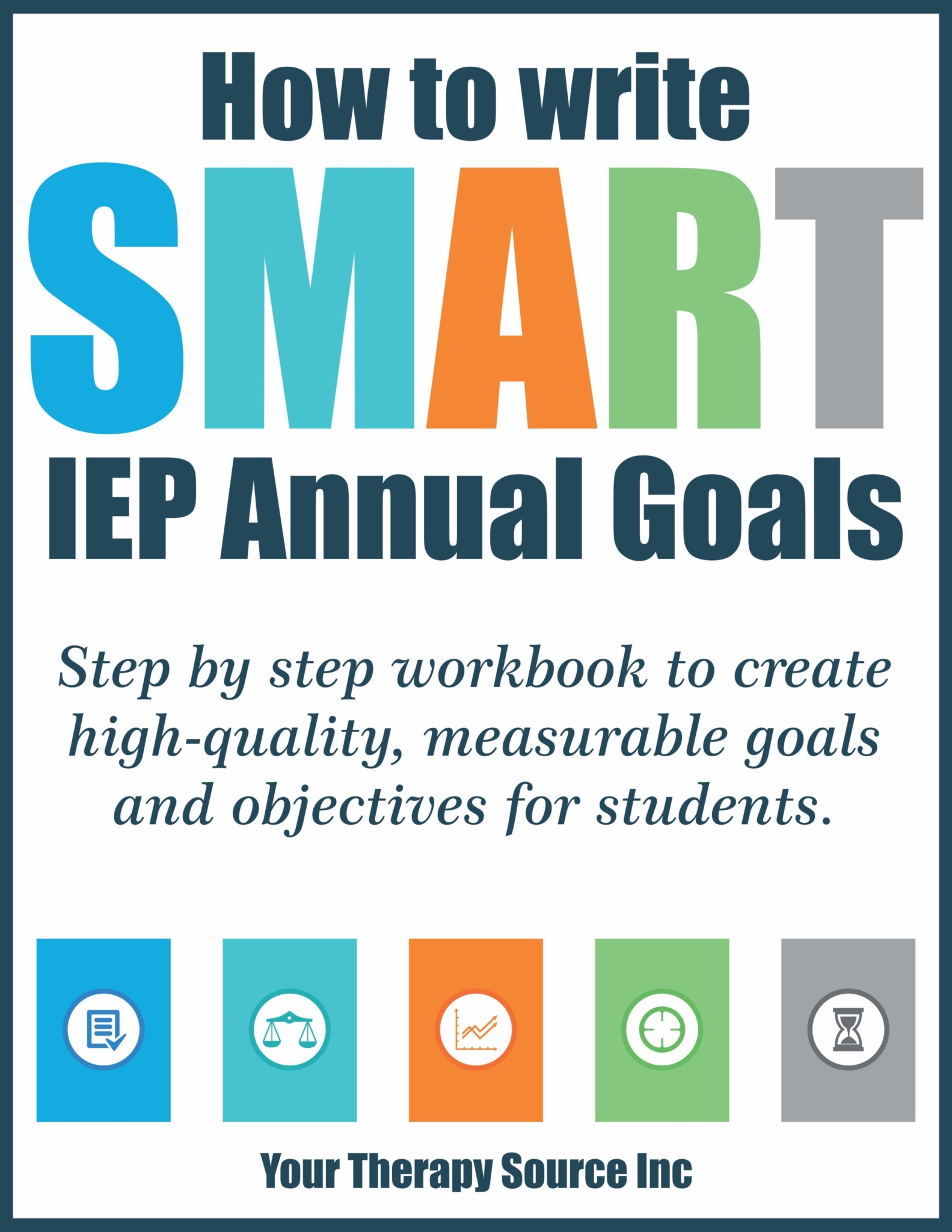

Fine motor skills are needed in the classroom and in daily life. Children will receive an Individualized Education Plan (IEP) for fine motor problems in school once found eligible. Fine motor IEP goals give students a target to work toward in helping students meet their educational needs.
Children need strong hand muscles and a pincer grasp (pinching between the thumb and index finger) to learn to write. They need hand-eye coordination (eyes and hands working together) to feed and dress. Kids need bilateral coordination (using both sides of the body at the same time) to participate in two-handed coordinated tasks.
Once an IEP is established, an occupational therapist will work toward specific fine motor goals. Fine motor IEP goals need to be SMART goals to achieve success in special education services. These goals should be Specific, Measurable, Attainable, Relevant, and Time-bound to show progress.

Good fine motor skills are necessary to keep up with peers in the classroom. These skills help students with activities such as handwriting, cutting with scissors, and self-care activities. Fine motor skills are an important part of a child’s development and should be encouraged from an early age.
Learning how to hold and use a pencil becomes an important skill for future classroom assignments. Strong fine motor skills lead to increased speed, endurance, and legibility in handwriting. Fingers rotate a pencil within the hand to use an attached eraser and twist a pencil when sharpening pencils.
Cutting is a visual motor activity that coordinates the eyes and the hands together to control and move the scissors. Strong hand strength helps open and close the scissors when participating in cutting activities. Cutting also builds finger strength and dexterity for future handwriting fine motor tasks.
Children need fine motor skills at school to tie shoes or manage clothing fasteners (i.e. buttons, snaps, or zippers). Feeding themselves with a fork or spoon at snack or lunchtime increases their confidence in interacting with their peers. Students also need good finger and hand strength to zipper and unzipper backpacks and open and close lunch containers.
Goals that focus on the development of fine motor skills in preschool are common. Preschool is a time to draw with crayons, cut with scissors, and learn to manage buttons and snaps. Without fine motor skills, preschoolers can struggle with school activities and keeping up with their peers.
Goals for this age group focus on using one hand consistently to correctly hold crayons or markers and drawing lines and coloring shapes. Preschoolers learn to hold scissors safely and use them properly while incorporating their helper hand during cutting activities. Small object manipulation or the use of a variety of art tools independently such as glue sticks or paintbrushes, are also important.
The use of SMART goals also applies to preschoolers! Writing SMART goals makes writing fine motor goals easier. The following is a list of some fine motor IEP goal ideas for preschoolers:
IEP goals for fine motor skills need to be Specific, Measurable, Attainable, Relevant, and Time-bound (SMART) to show progress toward goals. Following SMART goal guidelines will save time and energy when completing all of that paperwork! Ask yourself these questions when writing each fine motor goal.
Here are a few examples of IEP goals to work on fine motor skills to get your mind automatically working toward the SMART goal way.
Here are several SMART goals that focus on fine motor skills and academics:
The strengths and weaknesses of students are considered when an occupational therapist writes fine motor goals. OT goals may change as students transition to different grade levels due to expectations and requirements in those grades. What may be a goal for a child in preschool may be achieved by the time the child gets to kindergarten. Goals need to be clear, straightforward, and progress to help students succeed in their learning environment.

Fine motor goals and objectives should include specific skills to meet the individual needs of the student. They also should include where the goal will take place (i.e. classroom), and the time frame and supports the student will require (i.e. prompts, cues). These goals need a component of measurement (i.e. teacher report, data collection) and accuracy (i.e. 80% of the time, 3 out of 4 opportunities). Strong fine motor IEP goals pave the way for academic success for students in the future!

Kimberly Orlando, MOTR/L – Kimberly Orlando received her Master of Occupational Therapy from Chatham University in Pittsburgh, PA in 2001, and received her Level 1 Handwriting Specialist Certification through Handwriting Without Tears in 2012 in the areas of Pre-K Readiness, Printing, Cursive, and The Print Tool Evaluation. With 21 total years of experience as an Occupational Therapist, she has 6 years of experience providing services in hospital and home health care settings and 15 years of experience in early intervention and school settings (Pre-K through middle school levels). Kimberly also has experience tutoring children with fine motor and handwriting concerns.
December 7, 2022 / by Kimberly Orlando